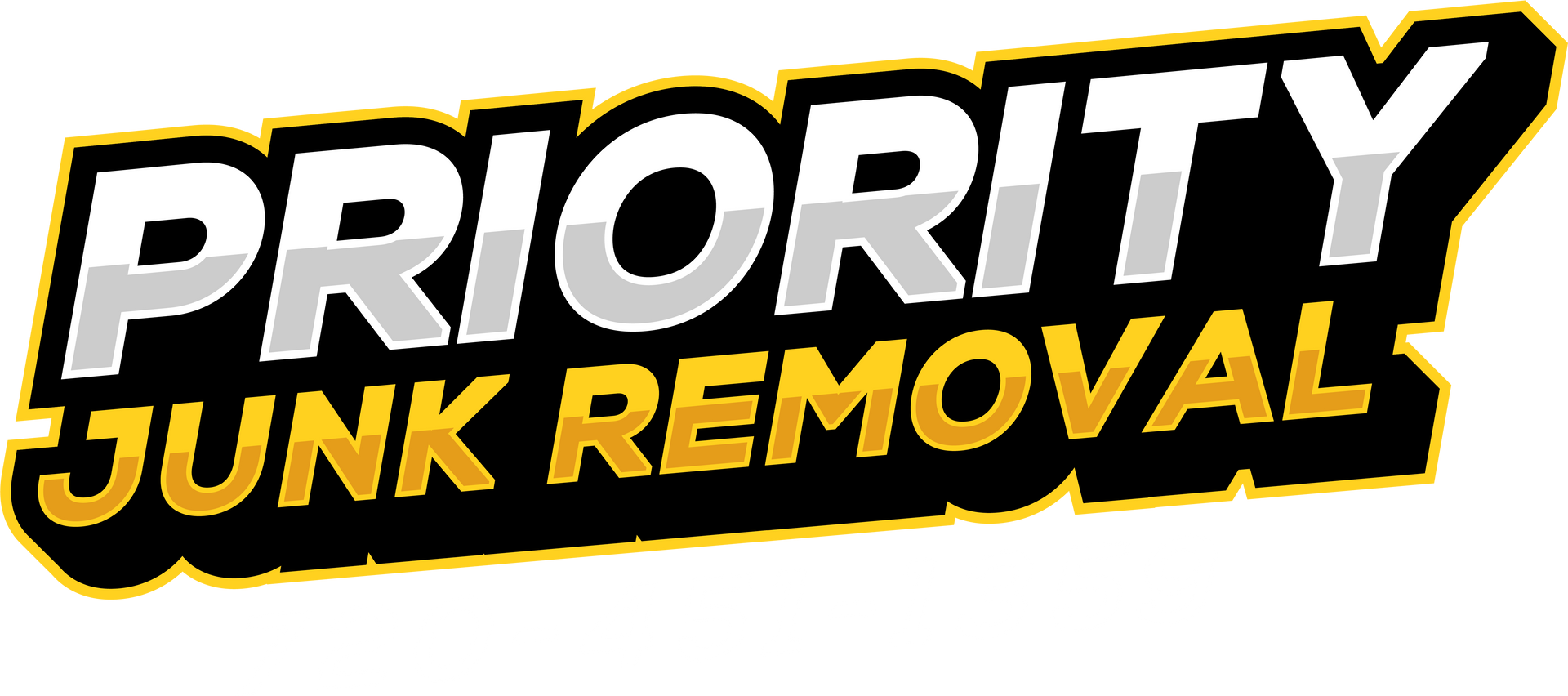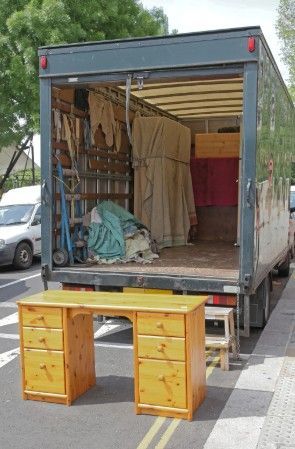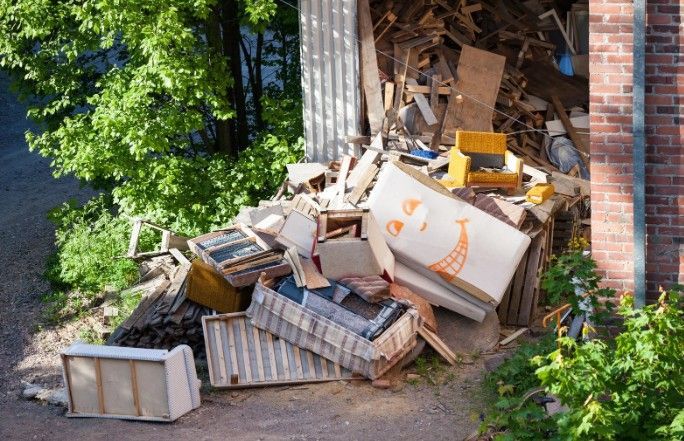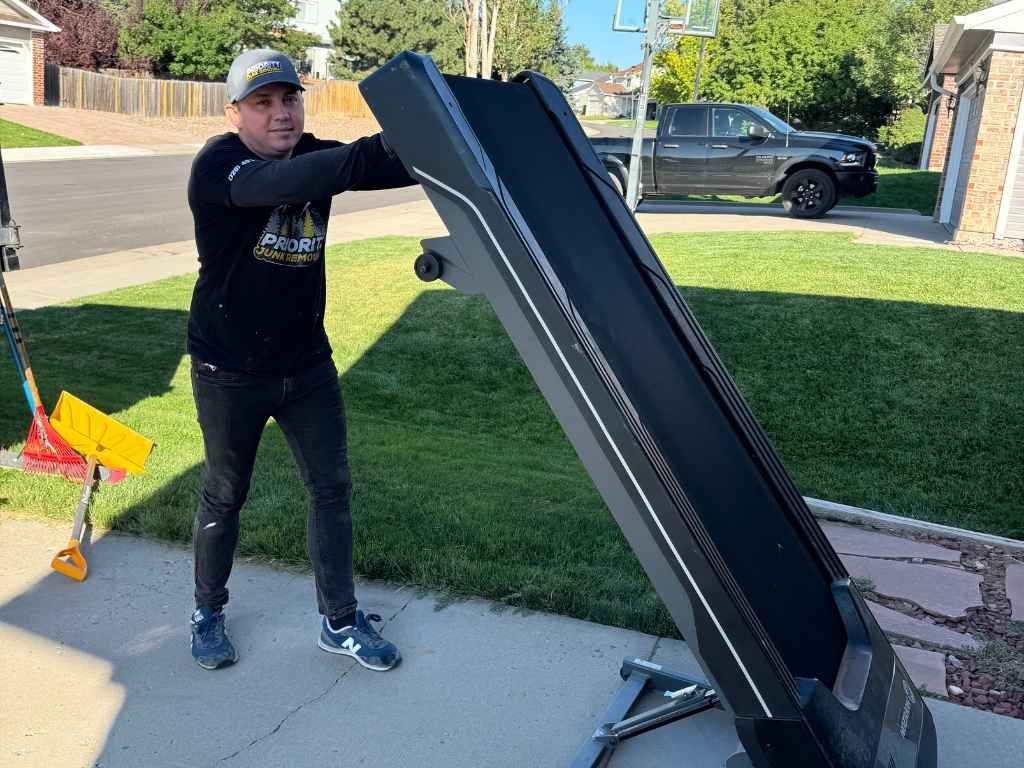How to Safely Handle Demolition Cleanup
Demolition is messy business, but the real challenge starts once the dust settles. Tearing down structures leaves behind piles of debris, sharp materials, and hazardous dust that can pose serious health and safety risks. Cleaning up this chaos requires more than just a broom and some elbow grease—it demands a strategic approach. Proper planning ensures that debris is sorted and disposed of correctly, while safety precautions help prevent injuries from sharp objects or unstable surfaces. Bringing in professional cleanup services can make all the difference, ensuring the job is done efficiently and safely.
Assessing the Waste
The first step in demolition cleanup is thoroughly assessing the waste left behind after the demolition process. Construction sites are often littered with splintered wood, jagged metal, concrete chunks, and insulation materials. Identifying and sorting these materials is crucial for both safety and efficiency. Proper separation allows for the recycling of reusable materials and ensures hazardous waste is handled appropriately.
Safety is a top priority during this phase—sharp metal pieces and exposed nails can cause injuries if not managed carefully. Professionals in junk removal services are skilled in recognizing and handling various materials, reducing the risk of accidents and ensuring that everything is sorted according to local recycling and disposal guidelines.
Protective Gear and Safety
Wearing the right protective gear is non-negotiable during demolition cleanup. The environment is often filled with airborne dust, sharp debris, and unstable surfaces, making it essential to shield the body from potential hazards. Dust masks prevent inhalation of harmful particles, while gloves protect against cuts and abrasions.
Safety goggles keep dust and debris from irritating or injuring the eyes, and steel-toed boots provide protection from heavy falling objects. Beyond the gear itself, proper training in how to handle materials safely is vital. Junk removal professionals are well-equipped with both protective gear and the knowledge needed to navigate the hazards of a demolition site, significantly reducing the chances of injury.
Tools and Equipment

Having the right tools makes demolition cleanup more efficient and less physically taxing. Heavy-duty bags are essential for collecting small debris like broken glass and insulation fibers. Dumpsters positioned strategically on-site allow for quick disposal of large materials such as concrete blocks and wood planks. Industrial vacuums are used to clear out dust and fine particles, creating a cleaner, safer work environment.
Hand trucks and wheelbarrows also make it easier to transport heavy loads, reducing the risk of muscle strain. Professional junk removal teams bring specialized equipment designed to handle the demands of demolition cleanup, ensuring that the job is completed quickly and thoroughly.
Proper Handling and Disposal of Hazardous Materials
Transporting and disposing of waste from demolition sites requires a careful approach, especially when dealing with hazardous materials. Asbestos, lead-based paint, mold-infested wood, and chemical residues cannot be treated like ordinary debris. Improper disposal of these materials can lead to serious health risks and environmental damage.
Professional junk removal teams are trained in handling hazardous waste, ensuring it is contained, transported, and disposed of according to local and federal guidelines. Specialized facilities are often required for hazardous waste processing, and professionals know how to navigate these regulations to avoid fines and environmental harm. Responsible disposal protects both public health and the environment.
Time Efficiency and Expert Execution
Time is a valuable resource in any demolition project. DIY cleanup efforts often stretch over several days or even weeks, causing delays in subsequent construction or renovation work. Professional junk removal teams are equipped with the tools, manpower, and expertise to handle cleanup efficiently. Their streamlined approach allows for quick sorting, hauling, and disposal of debris, which accelerates the overall project timeline.
Additionally, professionals understand the most effective methods for managing different types of debris, which minimizes time wastage and ensures that the site is cleared thoroughly. Hiring a professional team reduces stress and ensures that the cleanup is done right the first time.
What We Offer
Full-Site Debris Removal
After demolition, your space is left with a mess of shattered wood, broken concrete, and scattered drywall. Our team ensures every fragment is cleared, leaving no hazardous remains. We haul away debris efficiently, providing a clean slate for your next project. With our expertise, your site will be spotless in no time.
Environmentally Responsible Disposal
Sustainability matters, even in demolition. We don’t just remove waste; we sort and recycle materials whenever possible. Metals, wood, and concrete are repurposed, minimizing landfill impact. Hazardous waste is handled according to environmental regulations, ensuring a cleanup process that’s safe for both you and the planet.
Heavy Lifting and Hauling
Demolition sites are often littered with weighty debris—massive slabs of concrete, rusted pipes, and bulky furniture. Instead of struggling with the heavy lifting yourself, let our professionals handle it. We use advanced equipment and skilled manpower to haul away even the most stubborn materials. No job is too big for us.
Hazardous Material Management
Some demolition sites contain materials that require special handling—think asbestos, lead-based paint, or mold-contaminated debris. Our trained experts follow strict guidelines to ensure safe removal and disposal of hazardous waste. We prioritize your safety, preventing exposure to dangerous substances that can linger in the air or soil.
Fast and Efficient Service
Time is money, and delays in cleanup can stall your project. Our team works quickly and efficiently, ensuring your site is cleared without unnecessary downtime. With streamlined operations, we help you stay on schedule, getting your space ready for its next phase with minimal disruption.
Benefits of Professional Demolition Cleanup
Increased Safety
Demolition cleanup is fraught with hazards—shattered glass, exposed nails, and unstable structures pose risks to untrained hands. Professional services eliminate these dangers, ensuring thorough removal of debris while following safety protocols. By entrusting experts, you reduce the likelihood of injuries and accidents on-site.
Proper Waste Management
Not all debris can be tossed into a landfill. Many demolition materials require sorting, recycling, or special disposal methods. Professionals streamline the process by categorizing waste and ensuring that hazardous materials are disposed of legally and responsibly. This prevents environmental harm and keeps your project compliant.
Time and Cost Efficiency
Attempting cleanup on your own can eat up valuable time and resources. Without the right equipment, you may struggle with transportation and disposal. Hiring professionals speeds up the process, reducing labor costs and preventing delays. With their expertise, you get a cleared site without unexpected expenses or prolonged downtime.
Reduced Environmental Impact
Demolition debris can overwhelm landfills, but professional cleanup services help reduce waste through responsible recycling. Materials such as wood, metal, and concrete can be repurposed rather than discarded. Sustainable disposal methods lessen environmental strain while contributing to eco-friendly building practices.
Compliance with Regulations
Demolition projects often fall under strict disposal laws, particularly when dealing with hazardous materials. Failure to comply can result in fines or legal complications. Professional cleanup services understand local regulations, ensuring that all debris is handled and disposed of according to legal requirements. This keeps your project on the right side of the law.
Essential Steps to Safeguard Your Demolition Cleanup Process
Handling demolition debris is more than just sweeping up rubble—it requires a well-organized strategy to ensure safety and efficiency. The first step is to assess the site and identify potential hazards like exposed wires, unstable surfaces, and sharp materials. Once the site is secure, sorting materials into categories such as recyclables, hazardous waste, and general debris helps streamline the disposal process.
Proper waste handling is critical to avoid injuries and environmental contamination. Seeking professional assistance ensures that all waste is disposed of according to local regulations, reducing liability and improving overall project efficiency. A carefully executed cleanup plan transforms a chaotic site into a safe, manageable space, setting the stage for successful reconstruction.
The Hidden Dangers Lurking in Demolition Debris
Demolition debris is more dangerous than it appears. Beneath the surface of broken concrete and splintered wood lie hidden threats such as sharp metal edges, exposed nails, and hazardous chemicals like asbestos or lead. Contact with these materials can cause serious injuries or long-term health problems if not handled properly. Additionally, unstable debris piles can shift unexpectedly, increasing the risk of collapse or falls.
To prevent accidents, it’s essential to wear protective gear, secure loose materials, and follow proper handling protocols. Partnering with professionals who understand the complexities of demolition waste management can help mitigate these risks and create a safer work environment for everyone involved.
How to Avoid Costly Mistakes in Demolition Waste Disposal
Improper disposal of demolition waste can lead to more than just a messy site—it can result in hefty fines, environmental damage, and project delays. Understanding local regulations about waste sorting and disposal is essential to avoid these pitfalls. Some materials, like treated wood, chemicals, and asbestos, require specialized handling and cannot be mixed with general waste.
Recyclable materials such as metal, concrete, and wood should be separated to minimize landfill waste and reduce costs. Working with a professional cleanup service ensures compliance with all disposal requirements, helping you avoid penalties and maintain a smooth project timeline while protecting the environment.
Conclusion
When it comes to demolition cleanup, cutting corners isn’t an option. Proper debris management requires expertise, precision, and safety measures to prevent hazards and ensure compliance with regulations. For a seamless and stress-free experience, trust Priority Junk Removal. Located at 6091 South Spotswood Street, Littleton, Colorado 80120, we offer professional, efficient, and eco-conscious cleanup solutions. Call us at 720-451-1359 or email us at priorityjunkremoval@gmail.com to schedule your service today.











